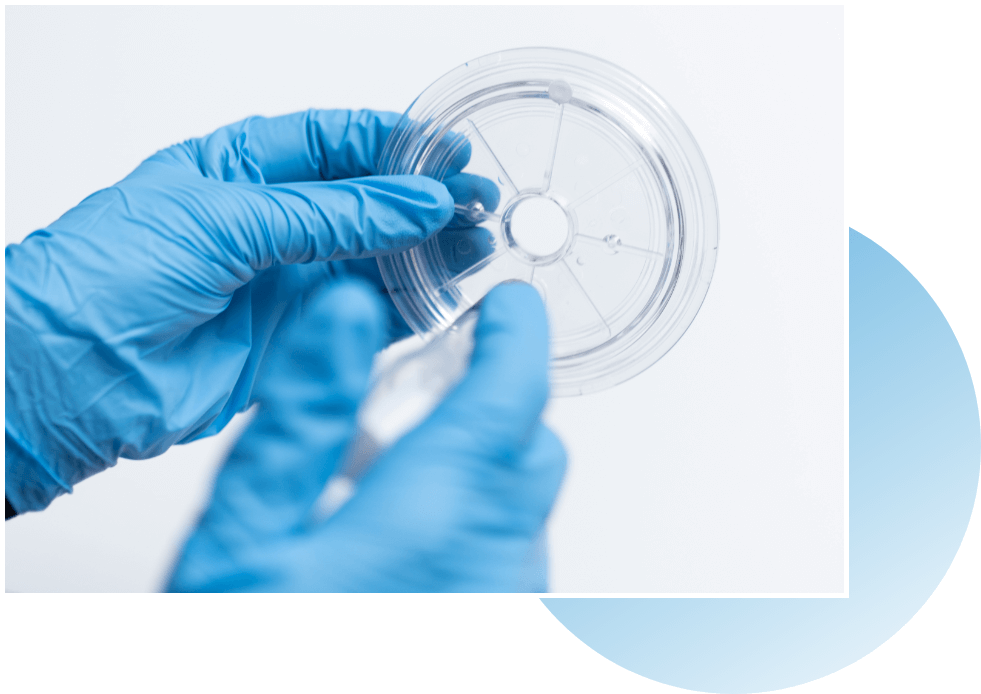
Diagnosis In Parasitology
Accurate identification of parasites in hosts species benefits animals, their owners, and veterinarians by helping to improve animal health and reduce the likehood of a zoonotic cross infection between animals and humans.
At Telenostic, we are dedicated to the constant development of parasitic detection because we know the advancement of this field has a direct positive impact on health and economic outcomes around the world.


In veterinary science, some parasitology diagnostics involves the recognition of parasite life stages based on size, morphology, colour, and movement using a calibrated microscope. For most parasites that live in the gastrointestinal tract, diagnosis is made using a traditional faecal flotation technique, where a sugar or salt flotation solution after centrifugation “floats” most parasite eggs for manual review under a microscope. Until now, this manual labor-intensive method was always done in a laboratory or veterinary clinic.
Traditional laboratory or in-clinic floatation methods of faecal egg identification and counting rely on analysis of the sample by a trained technician using a microscope. It is a time-consuming manual method which relies on human interpretation of the sample and is fraught with variation of results between users. OvaCyte™ brings a high level of standardisation to the process through automation and accurate identification utilising our cloud based artificial intelligence algorithms. Our sample prep and analysis are also tightly standardised to remove any variability or errors. A very short attentive time to prep the sample is all that is needed, and the rest of the process is automated, freeing up time for the user to perform other tasks in the clinic while the automated analysis proceeds and produces a result in a very short space of time.
The parasite egg recovery and retention process used exclusively by Telenostic utilizes a proprietary consumable cassette that creates a novel geometric surface tension egg recovery (STER) for flotation, retention, and concentration of the parasite eggs and oocysts.
This concentration of parasite eggs allows the OvaCyte™ automated mircoscope to capture up to 186 images from one sample, scanning for the parasite eggs and then referencing the identified parasite egg images against a gold standard digital parasitology reference library in the cloud, and then using Artificial Intelligence via neural network image recognition software to identify and quantify the parasitic infection or negative result in the sample tested.
The revolutionary egg recovery and retention process allows for an accurate parasite detection to be automated and for targeted treatment decisions to be made quickly, to prevent infection from spreading. In this way, Telenostic is helping to improve the health of food producing and companion animals around the world.
OvaCyte™ has the ability to identify both helminth eggs as well as oocysts from certain protozoa. Helminth eggs identified include both nematode and cestode eggs.

